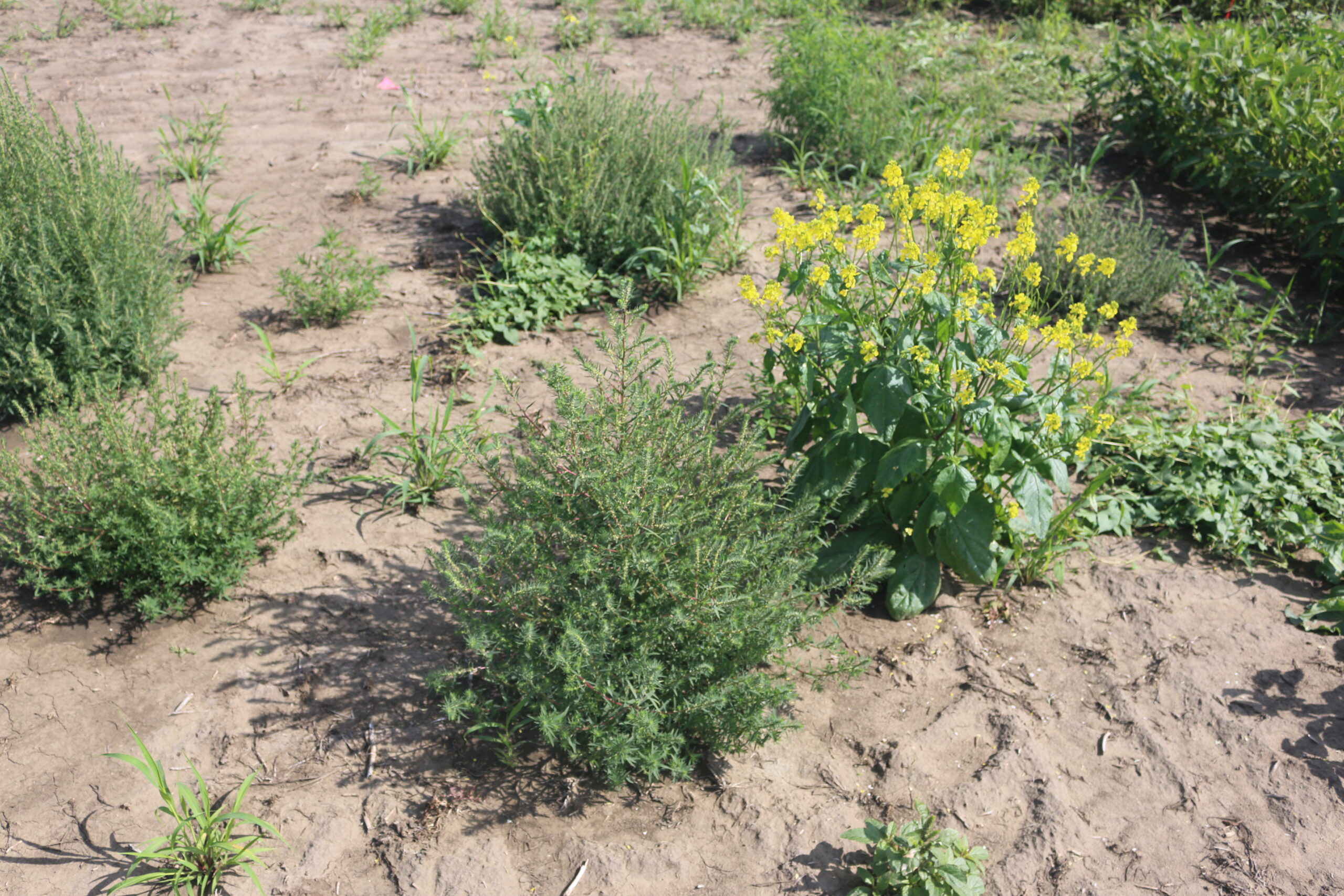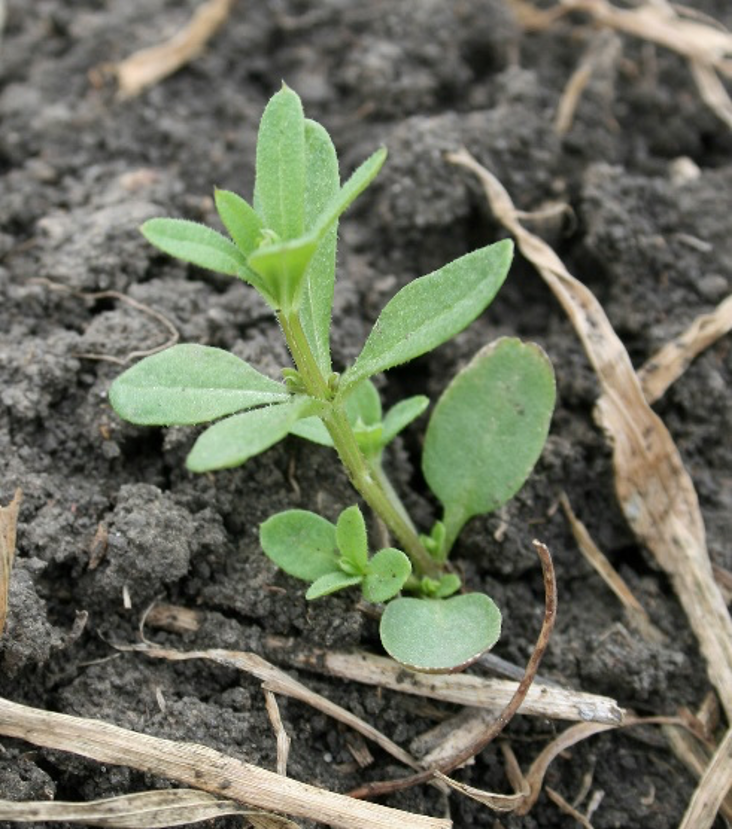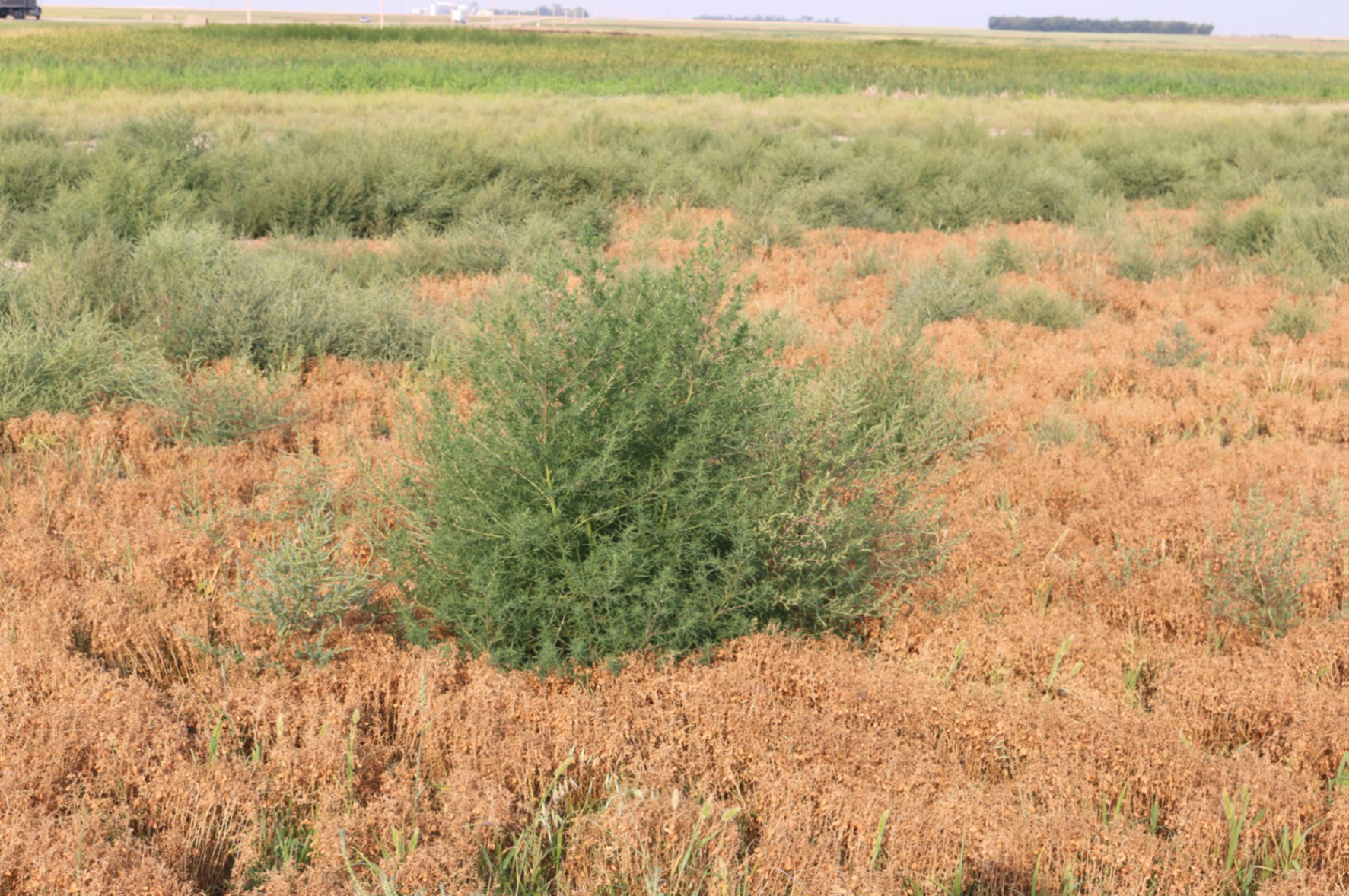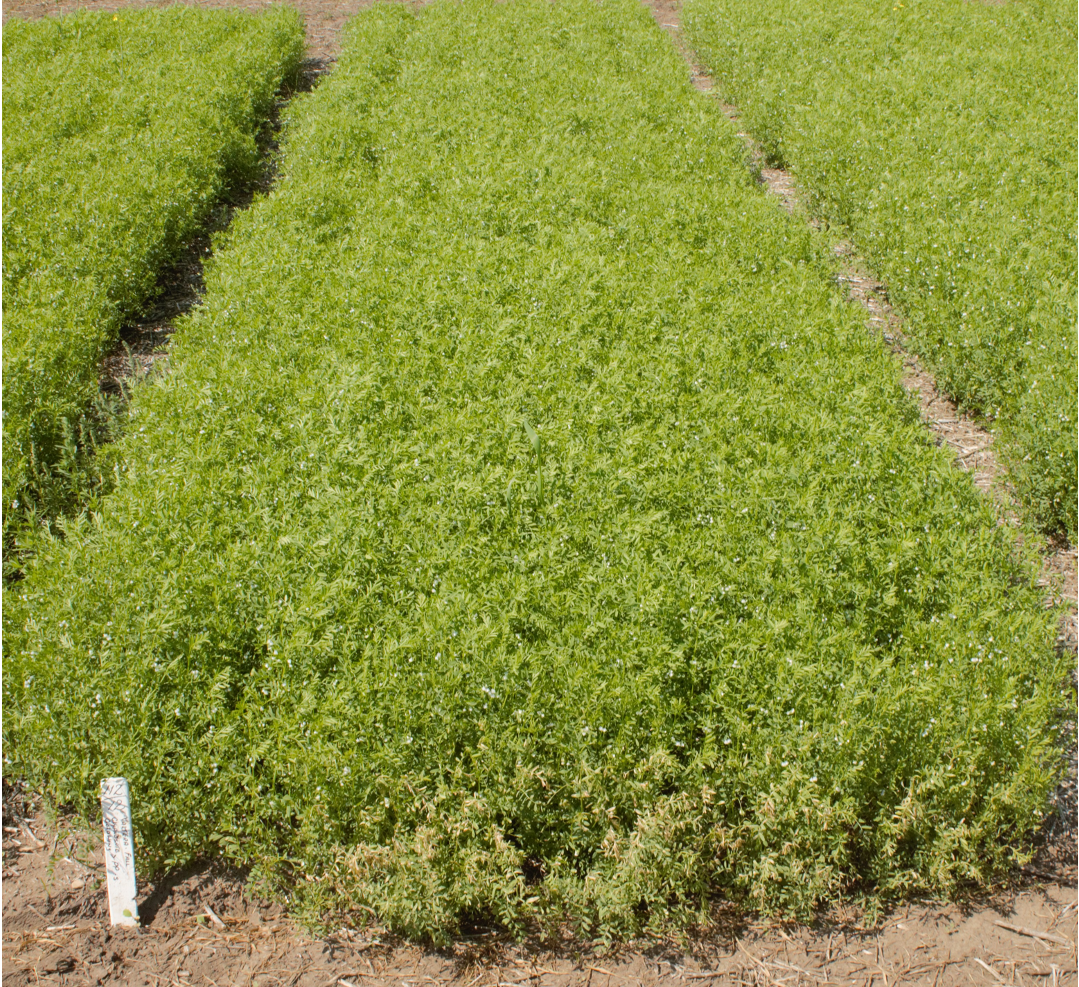Clark Brenzil, PAg., Provincial Specialist – Weed Control, Government of Saskatchewan
Pulse crops rely heavily on herbicides to maintain their yield potential. Their lack of competitiveness leaves them vulnerable to yield and quality losses from weeds. Unfortunately, with the growth of pulse crops as an industry rooted in the minor use registration system, real choice among herbicide options is limited other than in soybean. Until recently herbicide choices in pulses were largely dominated by Group 1 and Group 2 herbicides. This placed heavy selection pressure on those two groups for the development of resistant weeds.
Group 2 herbicides have undergone severe selection pressure, which is now reflected in the emergence of widespread Group 2 resistance in kochia, cleavers, wild oat, and wild mustard. Resistance to Group 2 herbicides has also been documented in chickweed, green foxtail (wild millet), hemp-nettle, lamb’s- quarters, redroot pigweed, Russian thistle, shepherd’s-purse, stinkweed, and wild buckwheat.
With the evolution of kochia that is resistant to glyphosate, and the risk of several more common weeds in Western Canada (wild oat, green foxtail, cleavers, and wild buckwheat) evolving glyphosate resistance in the future, managing weeds prior to seeding is also more complex.
Pulse growers have options to address Group 2 resistant kochia, and to some degree Group 2 resistant cleavers. While applied to the soil prior seeding, Authority (Group 14) and Edge (Group 3) each have activity on kochia (control) and cleavers (suppression), but unfortunately neither have activity on wild mustard. The control of Group 2 resistant wild mustard in lentil must revert back to the use of metribuzin (Sencor, Tricor – Group 5), in peas and beans to bentazon (Basagran, Viper ADV – Group 6), or the Group 4 products like MCPA Amine, or MCPB+MCPA (Tropotox, etc.) in peas.
Research from the University of Saskatchewan has shown that using soil residual products in combination with in crop herbicides provides improved weed control, especially with herbicide resistant weeds. The weeds may not be controlled fully by either application, but the soil active products set the weeds back and are smaller which makes the in crop application more effective.
The evolution of glyphosate resistant kochia on the prairies now means mixing glyphosate with additional herbicides to manage weed growth present before seeding. Because all kochia, including glyphosate resistant kochia, is also resistant to Group 2 herbicides, the addition of Group 2 herbicides such as in PrePass or mixes with Express SG/Pro provide no benefit over glyphosate on its own. This leaves only the Group 14 herbicides carfentrazone (Aim, CleanStart, Authority Charge), Heat or Valtera are the only practical options for use prior to seeding pulse crops. Carfentrazone is degraded rapidly, leaving no residual the day following application for ultimate cropping flexibility, but both Heat and Valtera have some residual activity. At the high rate used in chickpea and pea, Heat can provide residual weed control for a few days, but not at the low rates used prior to lentil and soybean. Valtera (flumioxazin) is only for use prior to seeding soybean and pea. Even though the pea use for Valtera only indicates control of kochia, application rates are the same as soybean, which has a more expansive weed control list.
A wise scientist once told me herbicide resistant weeds can never be addressed through the use of more herbicide, likely because those weeds that have already developed resistance to one herbicide are already primed to develop resistance to the next herbicide in line.
This is why it is important to integrate as much in the way of cultural weed management into cropping practice as possible. Reduce your weed population by 50 to 90 per cent before applying the herbicide and the chances of finding a resistant individual drop substantially. These integrated measures include: narrowing of seed rows, targeting fertility to the seed row (not broadcasting), increasing seeding rates, varying seeding dates, managing weed seed banks, and broadening the selection of crops grown in rotation as much as possible including perennial crops. Narrowing rows and increased seeding rates result in crop canopies that close in faster. Targeting fertility to the region below the seed places weeds at a competitive disadvantage. Weeds prefer to grow in crops similar to themselves in biology (grasses in grass crops, broadleaves in broadleaf crops; annual weeds in annual crops and perennials in perennial (forage) crops). Rotating between crops of differing biology prevents weeds of one type from building up to high population levels.
Managing seed banks by limiting the amount of viable seed that returns to the field is the next evolution in integrated weed management. In Australia, where they have some weeds that are resistant to all groups, this is done in many ways including chaff catching wagons, ultra-narrow chaff/straw windrows for burning, and recently the Harrington Seed Destructor. The Harrington Seed Destructor is a tow behind hammer mill that pulverizes material exiting with the chaff. Research on the adaptability of this system in Canada will begin this year.
The integration of cultural measures along with newer and older herbicide technologies will be required to manage herbicide resistance in pulse crops now and preserve those options into the future. While management can be challenging, opportunities to address herbicide resistance begins at seeding.



